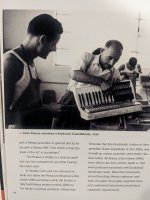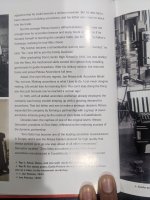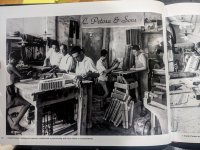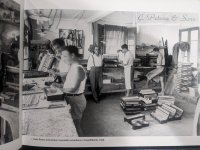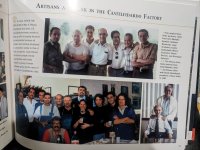I might be overgeneralizing. Here is the layout of a Hohner Morino Artiste XD:Not sure what you mean here. I've mostly seen full size C system converters that have 6 sets of bass reeds in which 4 sets are for stradella.
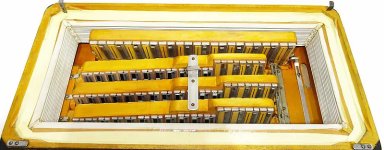
You get the bass reed block at the top with 12 reed chambers, and then the 3 reed blocks in front with 15/16/15 reed chambers for a total of 58 notes. The Stradella notes are just taken from those notes, the basses from the top reed block and the chord notes from a section of the 3 bottom blocks. That seemed logical enough to me that I just assumed, well…

